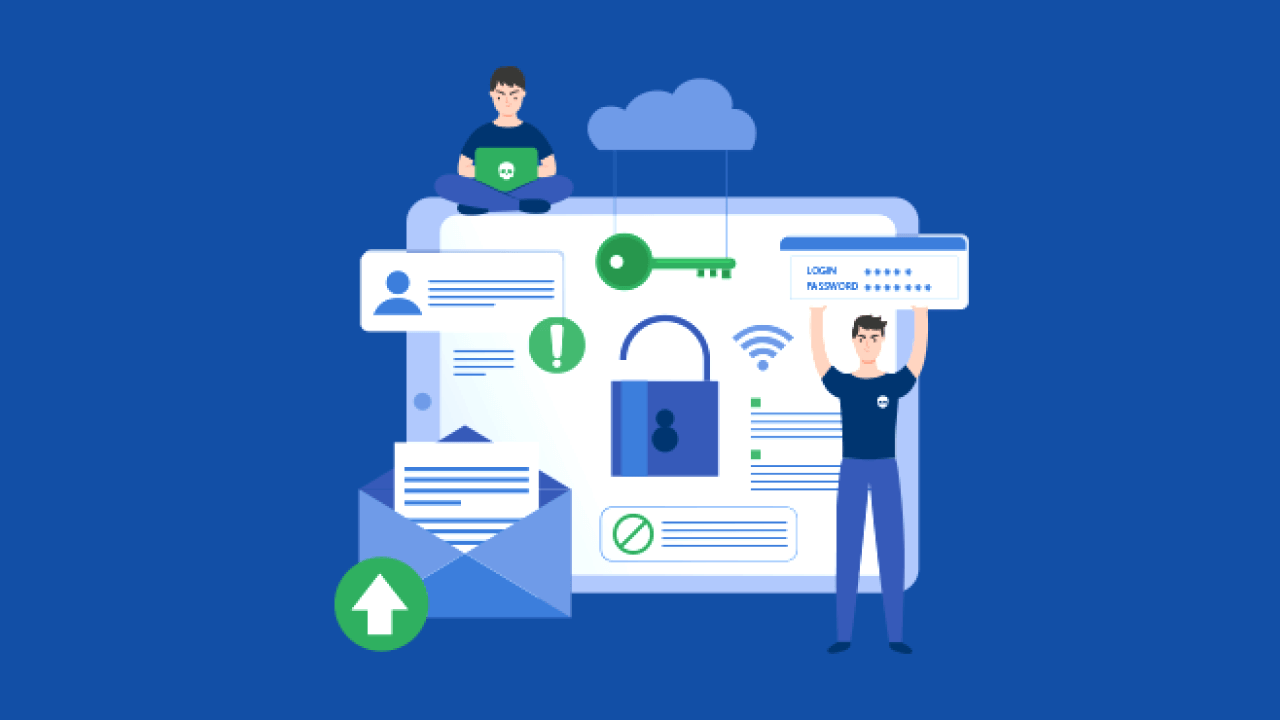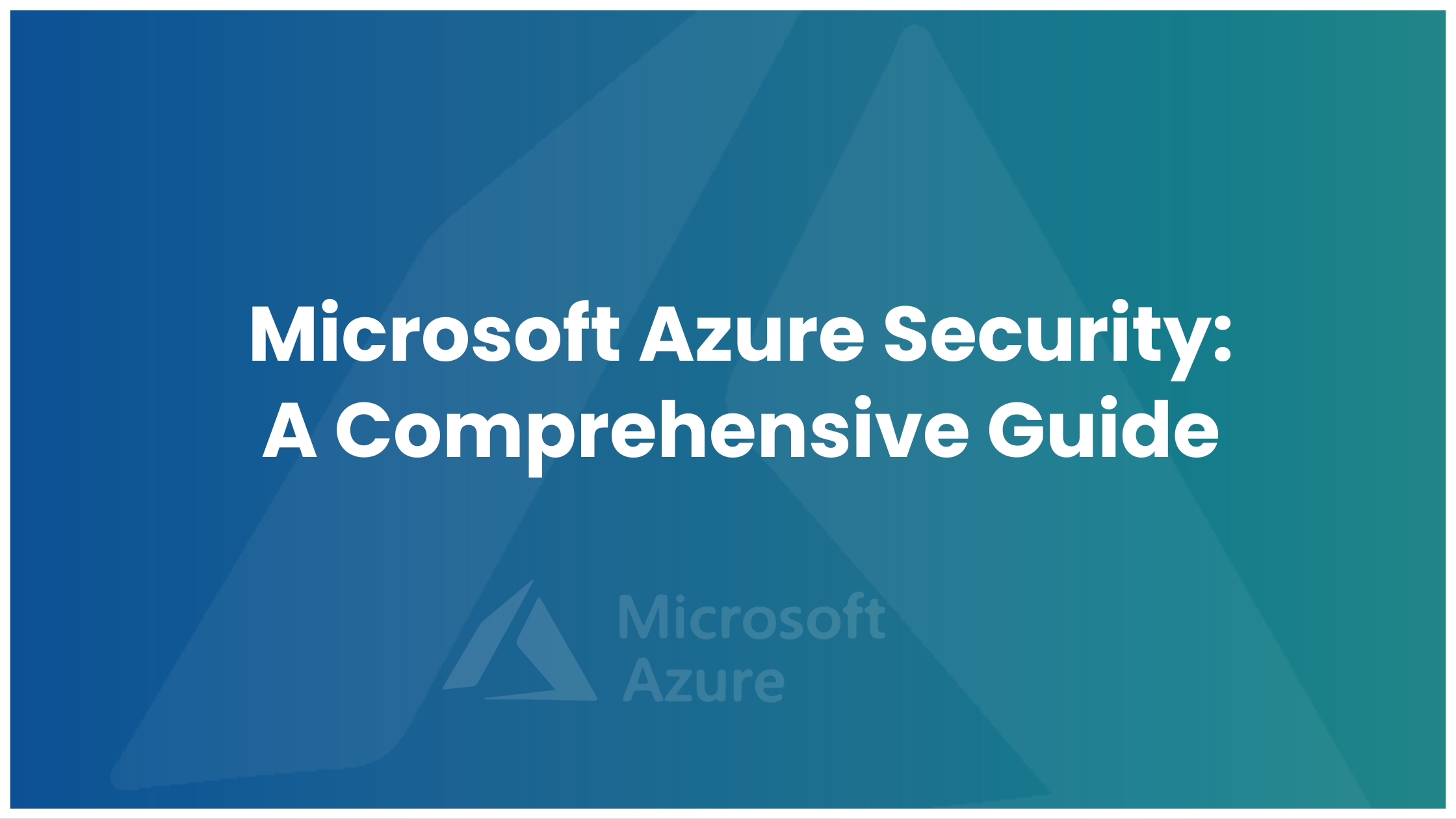Firstly, let’s see what Azure AD is!
Azure Active Directory (Azure AD) is a service for managing identities and access in the cloud. This solution facilitates access to thousands of additional SaaS applications, the Azure portal, and external resources like Microsoft 365 for your staff members. They can also access internal resources like applications on your business intranet network and any cloud apps created by your own company, thanks to Azure Active Directory.
Let’s have a close look at some of the functionalities of Azure AD:
⦁ Countless single sign-ons
⦁ Provisioning of users
⦁ Unified Authentication (Active Directory Federation Services or third-party identity provider)
⦁ Group and user management
⦁ Device inscription
⦁ Cloud-based authentication (Pass-Through Authentication, Password Hash synchronization, Seamless SSO)
⦁ Azure AD Connect sync, extends an organization’s on-premises directories to Azure AD
⦁ Change your password on your own
⦁ Join Azure AD (desktop SSO and administrator BitLocker recovery)
⦁ Password security
⦁ Multi-factor authentication
⦁ Basic usage and security reports
⦁ Azure AD for guest visitors
Now, that we are familiar with what Azure AD is and all the functionalities it has to offer, it becomes quite simpler to understand the need for securing Azure AD. AD is a top target for attackers since it is essential to authenticating users, access, and applications across an enterprise. An online attacker who gains access to the AD system may be able to access any user accounts, databases, programmes, and pieces of data that are connected to it. Therefore, an Active Security compromise, especially one that is not discovered quickly, may have far-reaching effects from which it may be challenging to recover.
You might already be wondering whether your Azure AD is fortified against cyber-attacks or whether you implemented the security configurations correctly or not!
We at SecuriGeek decided to take some workload off your hands, by bringing to you ‘AZURE IDENTITY & ACCESS MANAGEMENT AUDIT’ service. An Azure Identity & Access Management (IAM) audit by SecuriGeek reveals the strengths and weaknesses of IAM across all of your cloud assets as well as any issues that require quick remediation. Additionally, we’ll make prospective IAM service recommendations to help your present IAM program.
Some of the best practices to secure Azure AD according to azure documentation:
⦁ Consider identification to be the main security perimeter
⦁ Centralize identity management
⦁ controlling connected tenants
⦁ Switch to single sign-on
⦁ Enable Conditional Access
⦁ Prepare for recurring security upgrades
⦁ Activate password protection
⦁ Compel users to use multi-factor authentication
⦁ Use role-based access control
⦁ Fewer privileged accounts are exposed
⦁ Control places where resources are stored
⦁ Use Azure AD to authenticate storage




